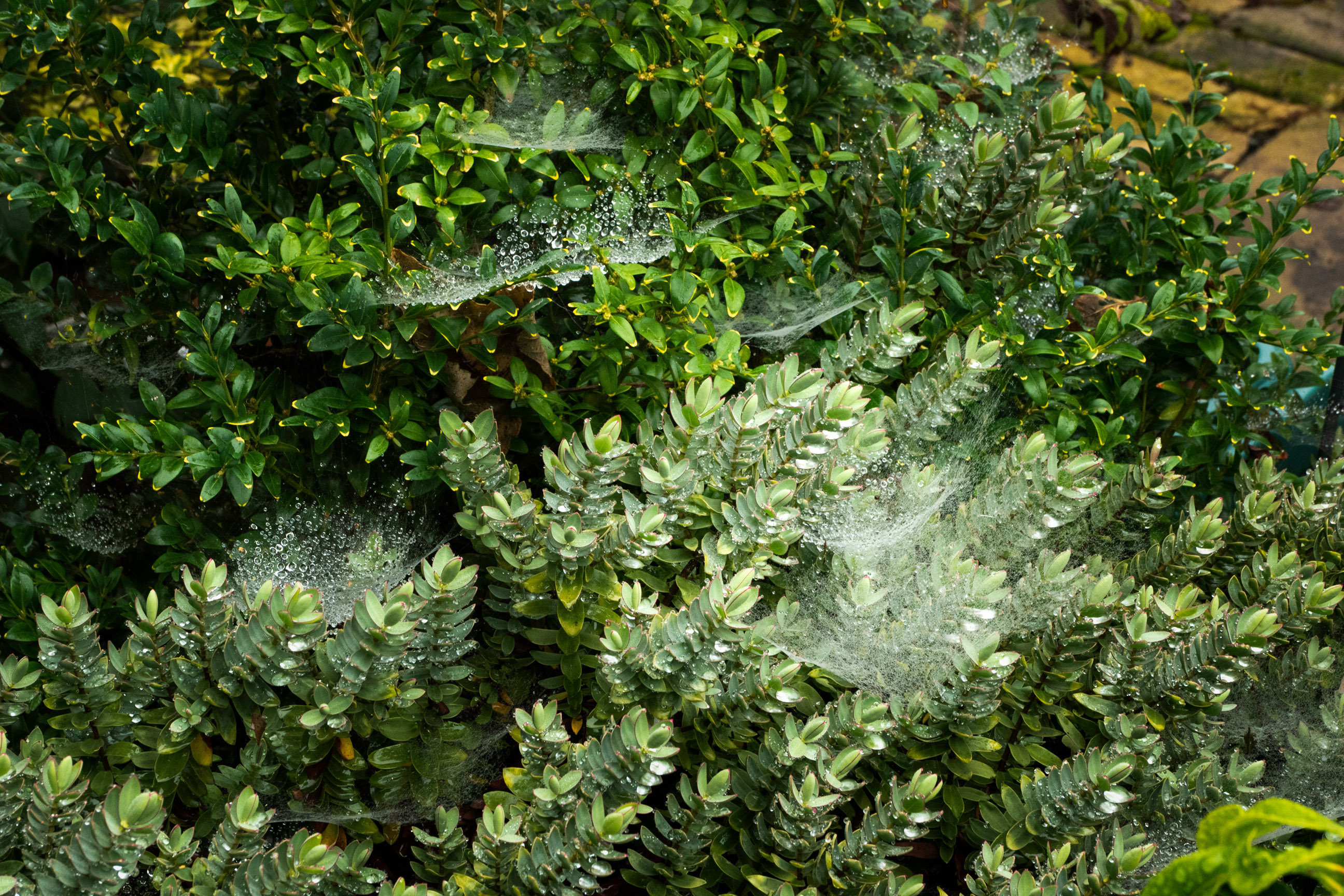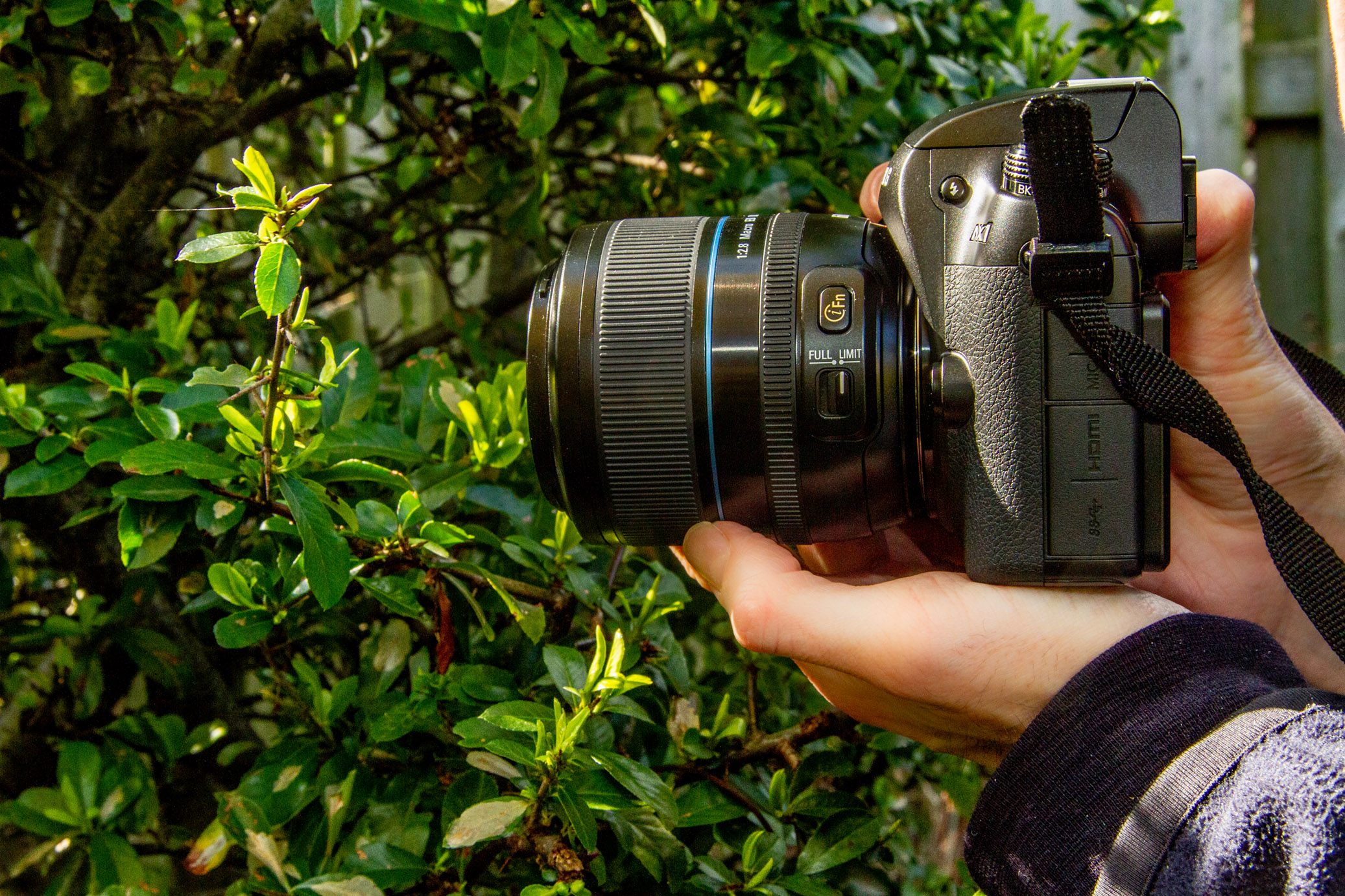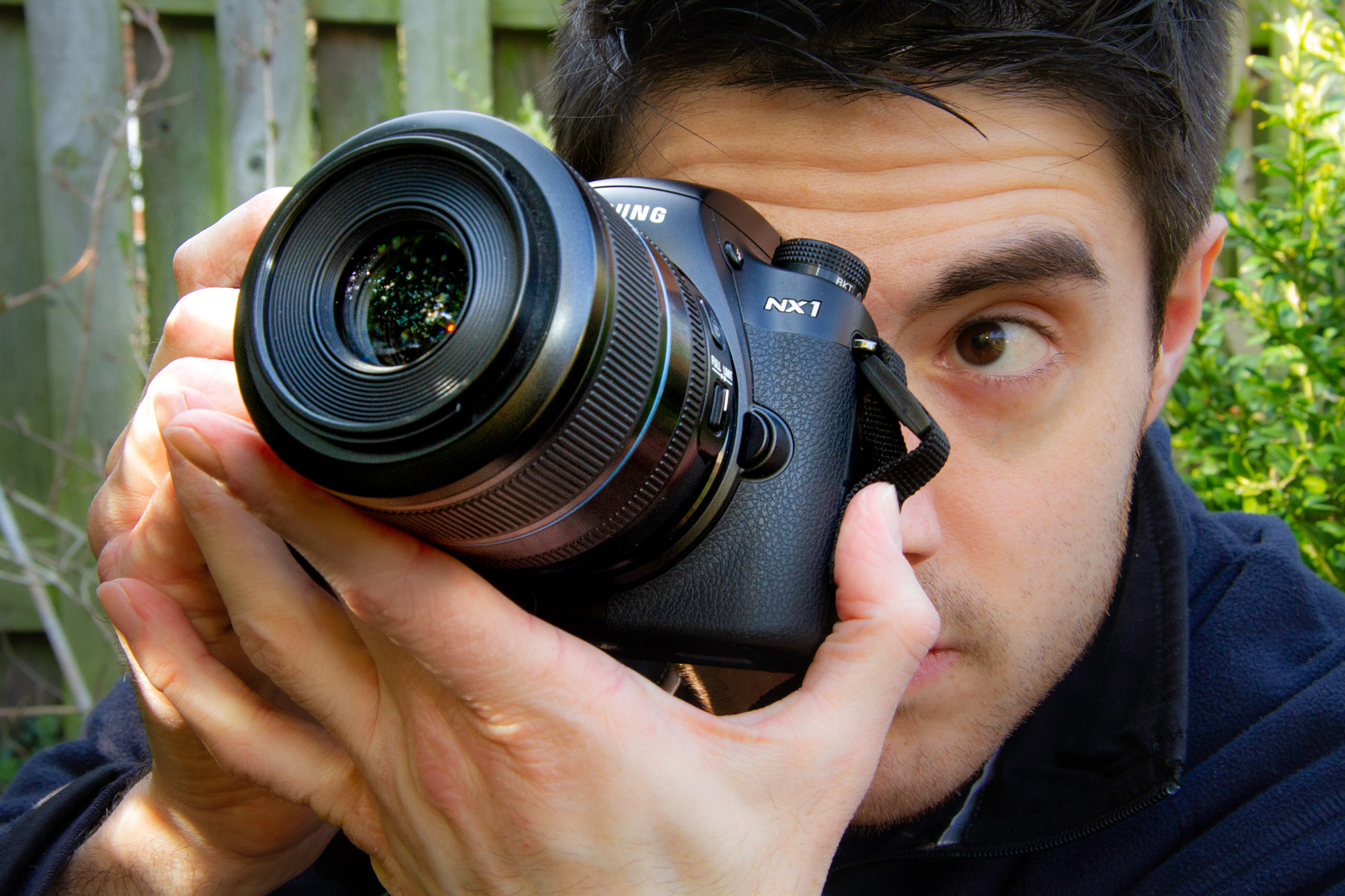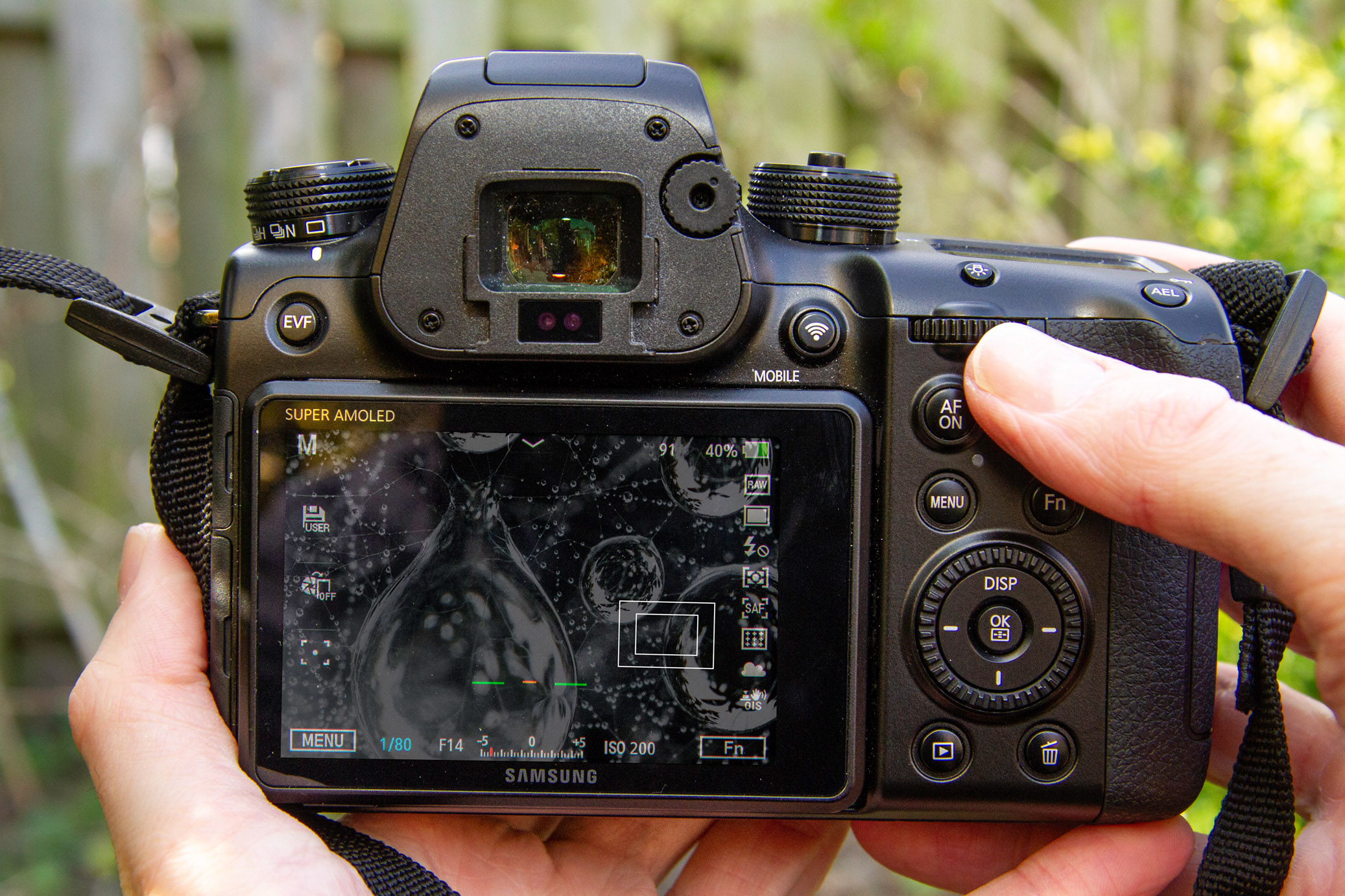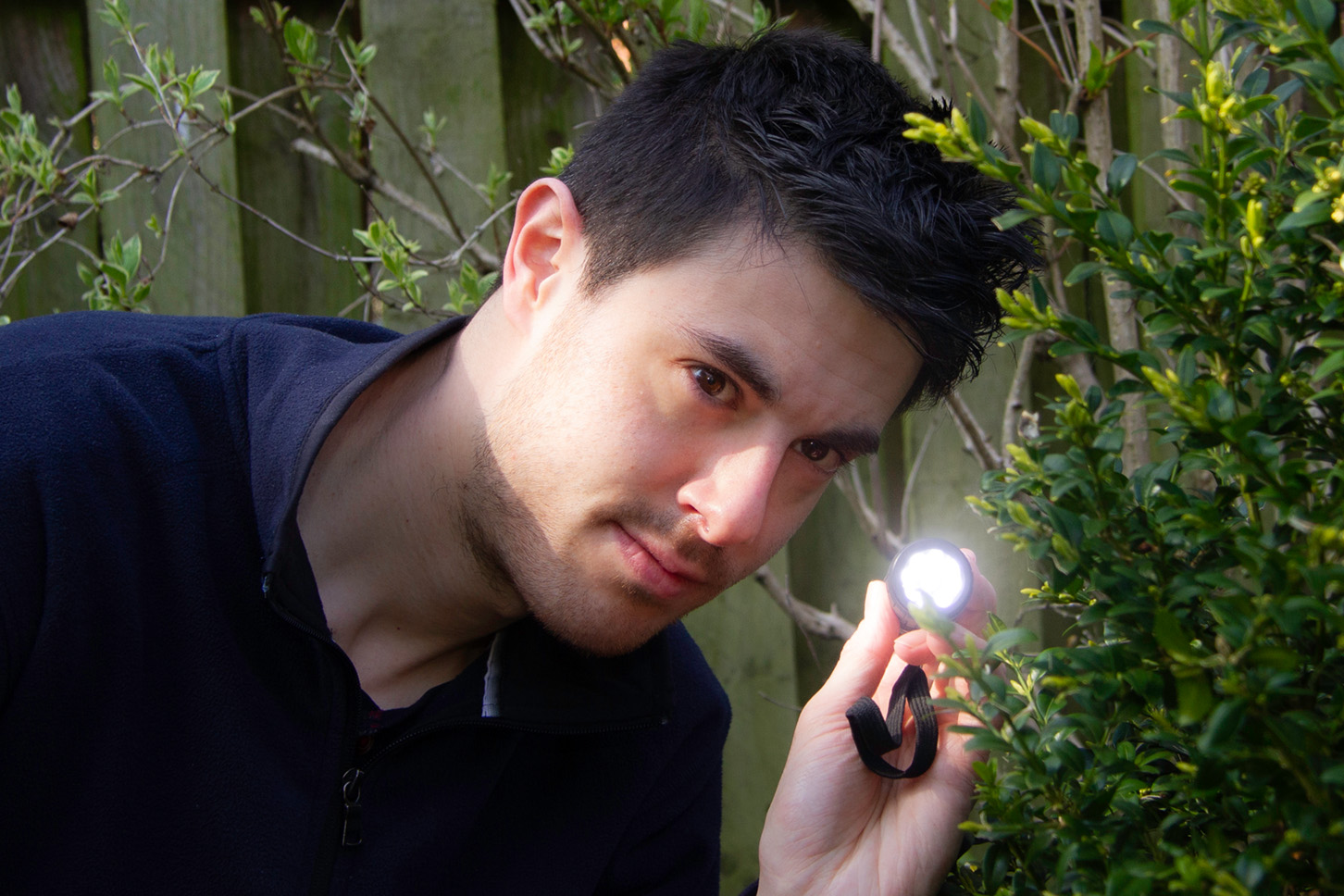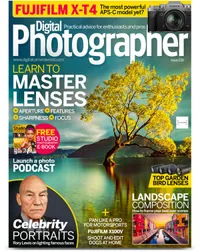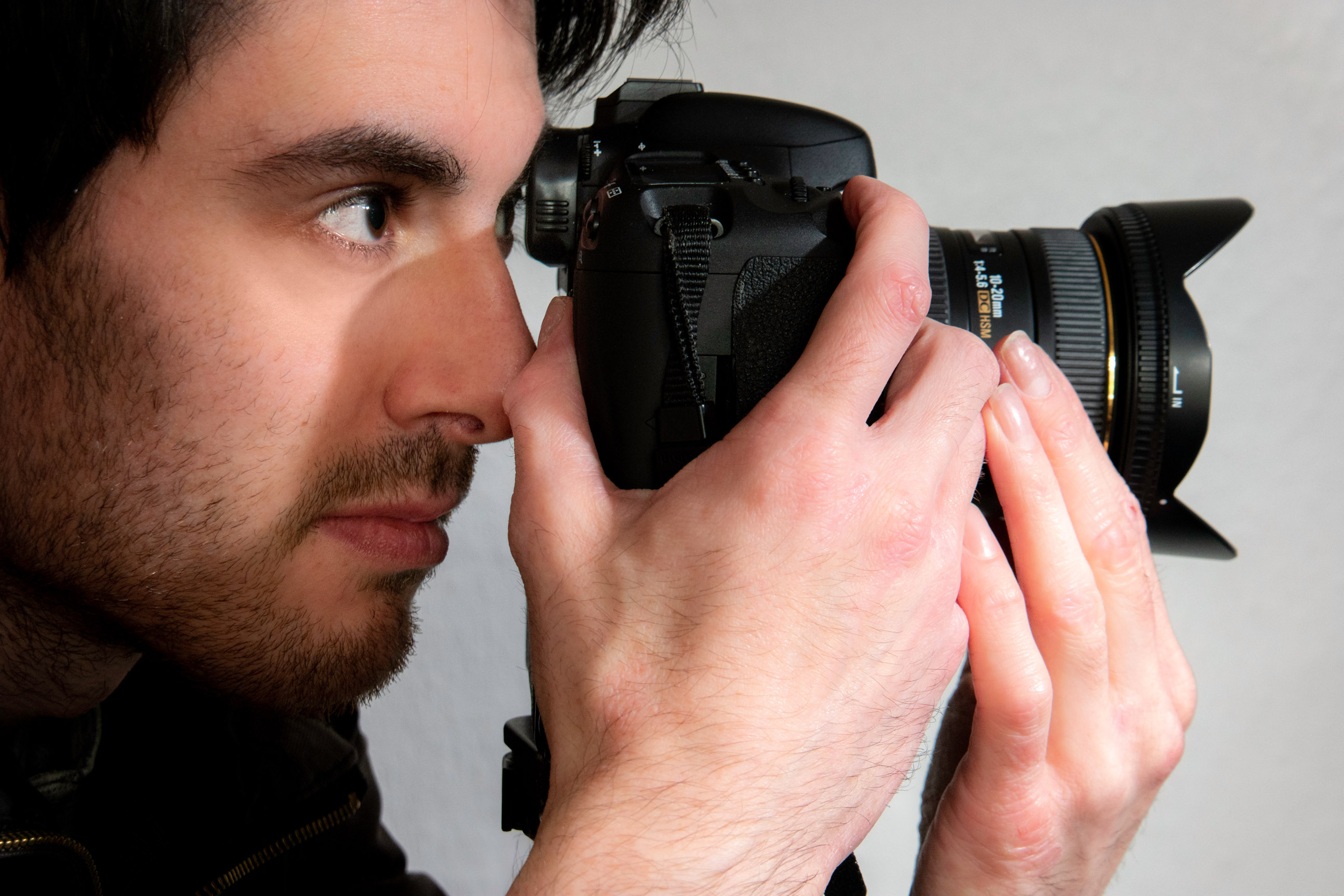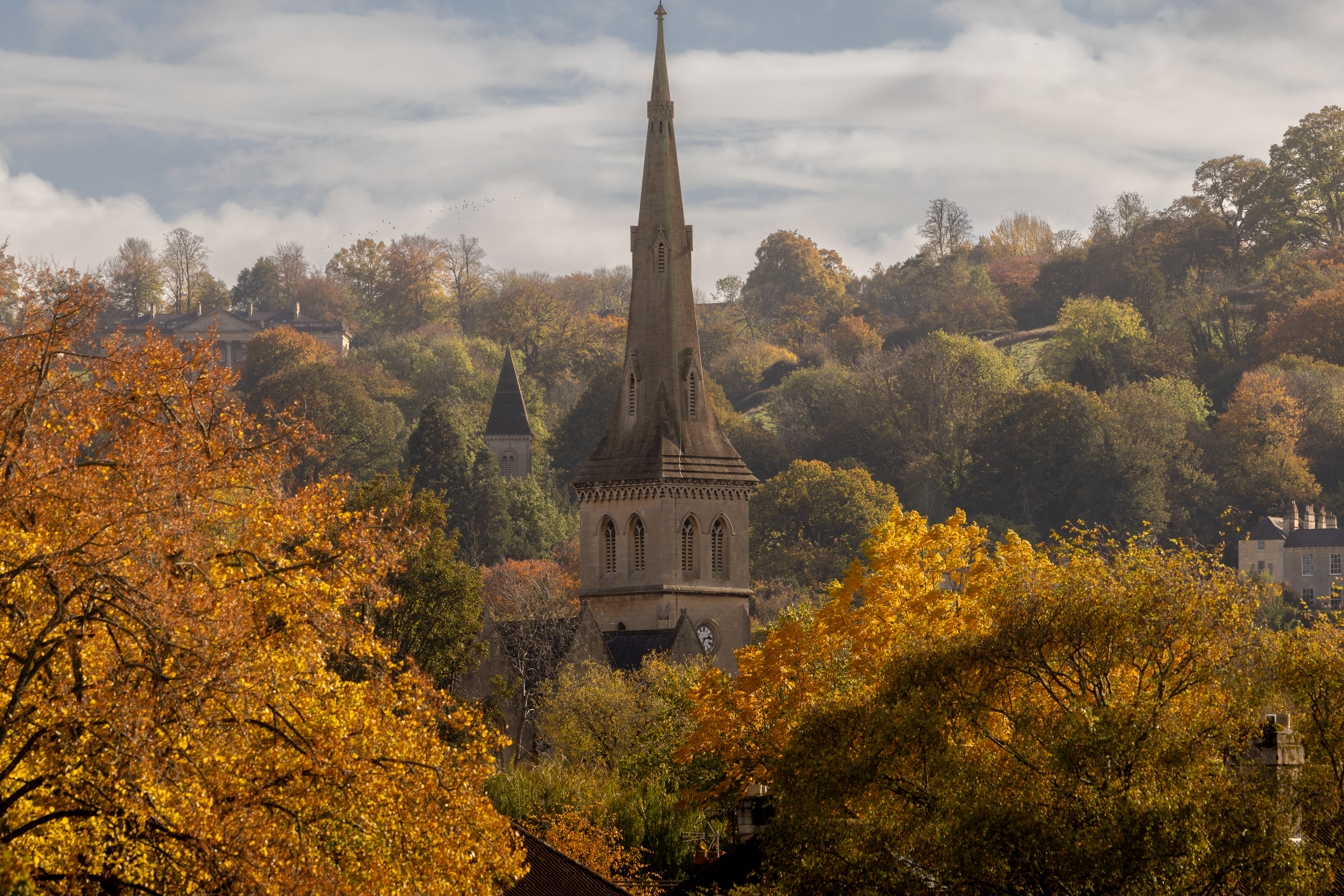Home photography ideas: Take amazing abstract macro images
Shoot miniature reflection spheres on water droplets, to create abstract effects in your own garden
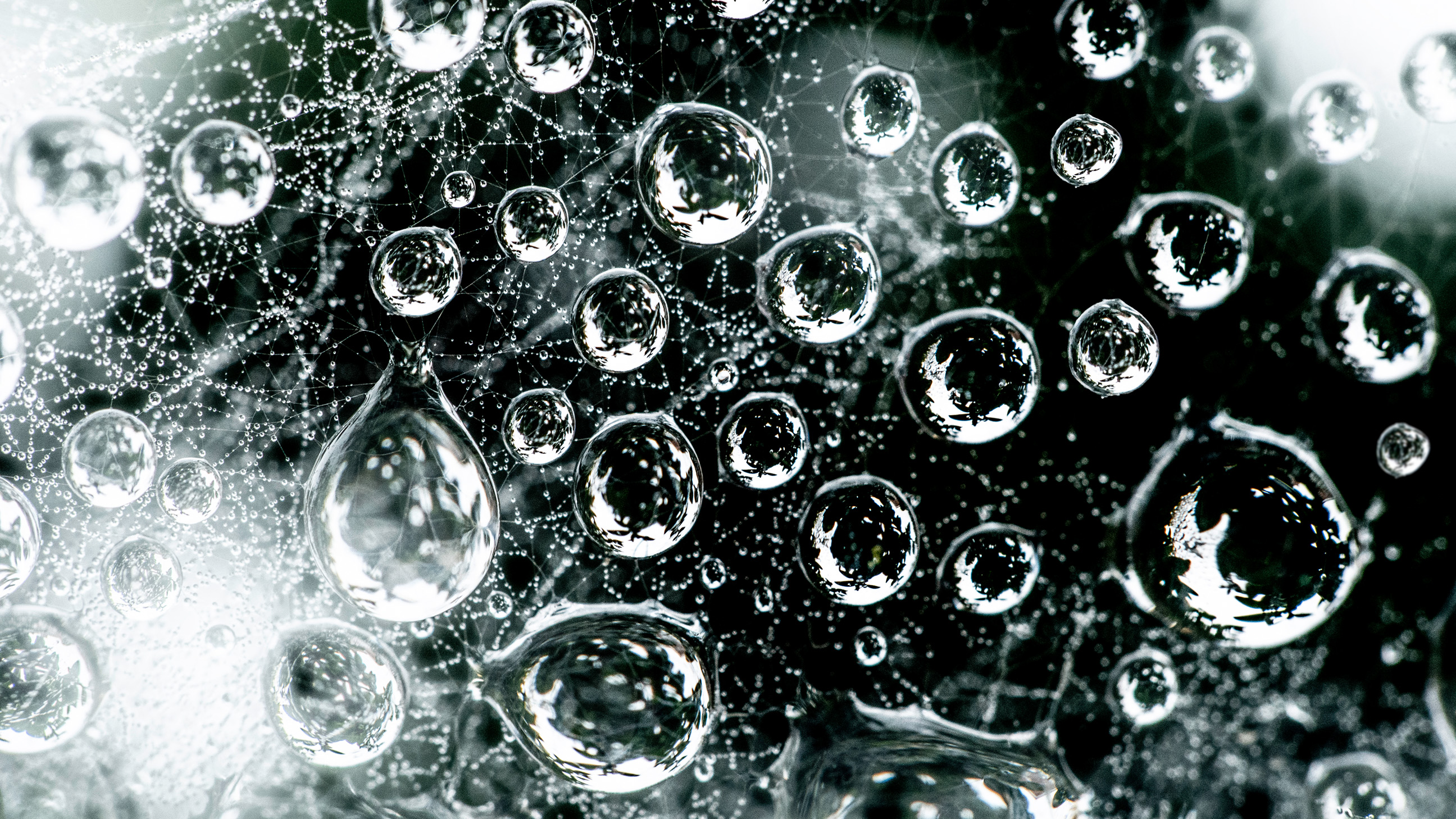
Photography projects at home
• Home photography ideas
Useful home photography kit
• Best tripods
• Best lighting kits
• Best reflectors
• Best macro lenses
Macro photography opens up new doors for creative and abstract photography. With the use of a lens that enables you to capture fine detail, in addition to a highly scaled-back sense of context, the close-up genre offers tremendous scope for capturing novel subjects in a world of their own.
A popular subject is water and its interaction with natural scenes. Droplets on leaves or, as is the case with the image featured here, suspended in a spider’s web are very effective as they distort an already unfamiliar view of the world.
By cropping in close on the droplets, you can resolve the background detail through them – or your surroundings can be reflected in their surfaces, as if they are miniature lenses.
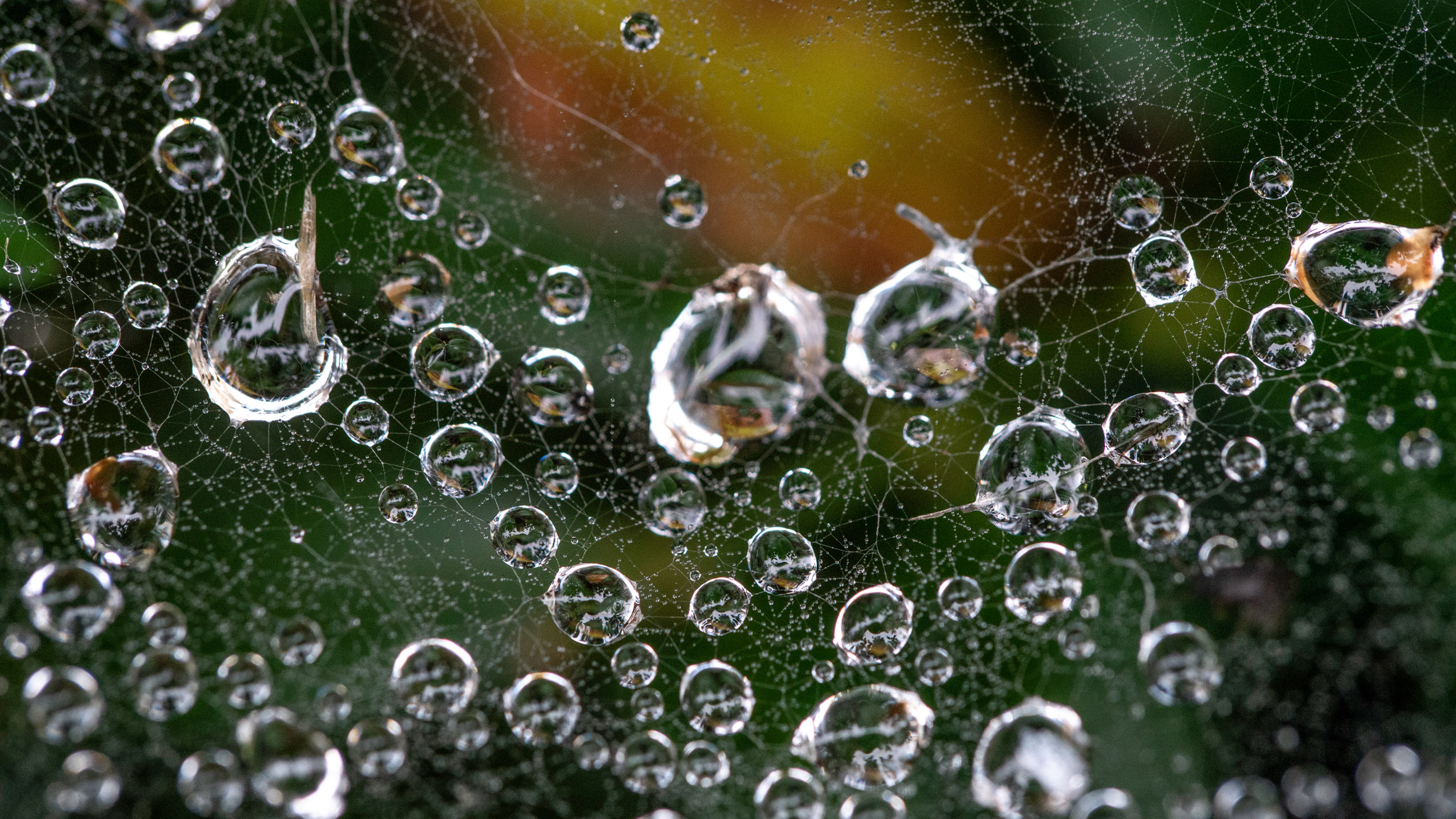

Indeed there are now products on the market designed specifically to produce the same effect at a larger scale – the Lensball for example.
• How to shoot with a Lensball
For the most dramatic results it is often best to use the extremes of focussing distance and shoot a frame-filling composition. This removes peripheral detail and enables the viewer to focus on the image within the droplets.
This ‘field’ compositional technique creates the feeling of repeated detail extending beyond the edges of the frame, forever, adding to the abstract nature of the scene.
The best camera deals, reviews, product advice, and unmissable photography news, direct to your inbox!
Make macro magic with amazing abstracts
01 Find an appropriate subject
Look around your garden for a spider’s web which is suspended across enough of a gap to allow droplets to be isolated from surrounding elements. You should be able to move the camera for multiple angles.
02 Use closest focus distance
To ensure that you are shooting at your lens’ closest focus distance, set the closest value in the focus window. Next move the lens towards the subject until it is focussed in the viewfinder or on the LCD.
03 Vary angle
Try varying the pitch and yaw angle of the lens to bring different visible background detail into the frame. This can create different images of the same subject with only minimal shift in camera position.
04 Fine tune focus
Make micro adjustments to focus using a magnified view to guarantee critical sharpness. Decide whether focussing on the droplet surfaces or the reflected images yield the best apparent global sharpness.
05 Use spot metering
Switch metering mode and take a reading from highlights on the water droplets. This ensures that unwanted background detail is removed, creating a more studio-style lighting effect and picking out fine subject detail.
06 Add background effects
A dark background acts as a blank canvas to which we can add selective detail. Here an LED torch replicated the dappled light created by foliage, producing a tunnel-like edge effect and rim lighting the droplets.
Digital Photographer magazine is the monthly publication that's a kitbag essential for pro and enthusiast photographers. Be challenged and inspired to get the best results from your gear.
Read more:
The best macro lenses: get closer to your subjects than ever before!
The best lenses for food photography: make your supper the star
5 things to know before buying a macro lens
As the Editor for Digital Photographer magazine, Peter is a specialist in camera tutorials and creative projects to help you get the most out of your camera, lens, tripod, filters, gimbal, lighting and other imaging equipment.
After cutting his teeth working in retail for camera specialists like Jessops, he has spent 11 years as a photography journalist and freelance writer – and he is a Getty Images-registered photographer, to boot.
No matter what you want to shoot, Peter can help you sharpen your skills and elevate your ability, whether it’s taking portraits, capturing landscapes, shooting architecture, creating macro and still life, photographing action… he can help you learn and improve.
